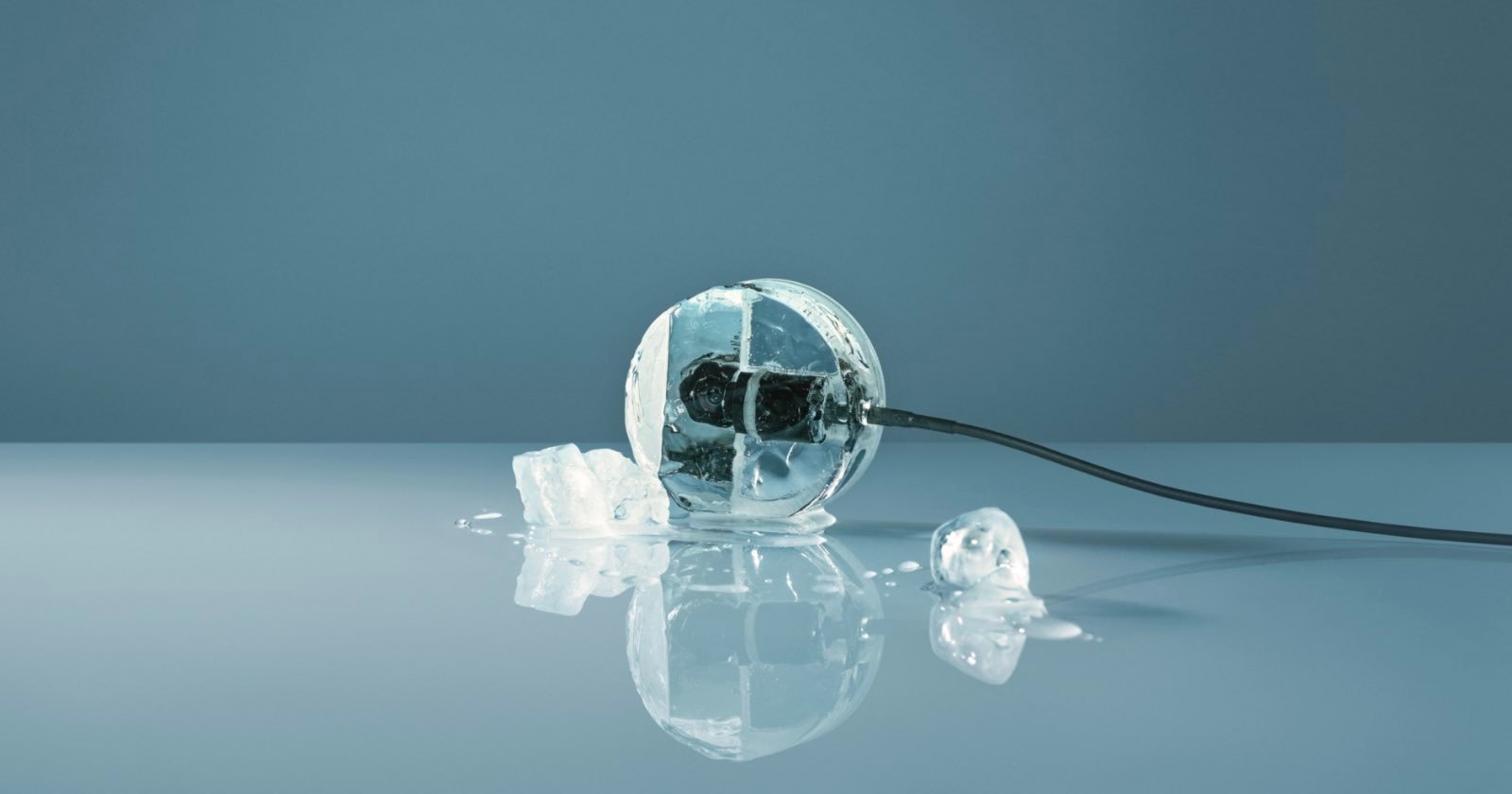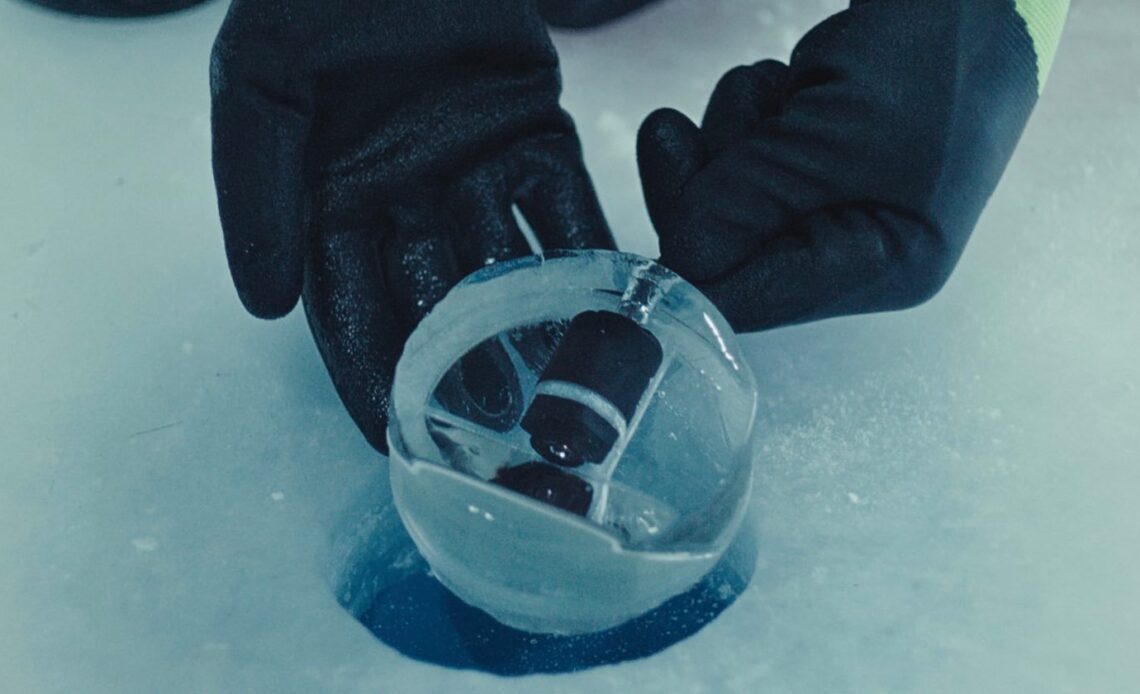A team of engineers froze a camera underneath the ice in an ice hockey rink to film the sport from a once-impossible angle.
In a new experiment, Axis Communications, a Swedish manufacturer of network cameras for the physical security and video surveillance industries, wanted to demonstrate how its camera can withstand all kinds of conditions by freezing it below the ice in a hockey rink.
“An ice hockey game is covered by cameras from all angles, except one,” Carl-Axel Alm, Concept Engineer of Axis Communications says in a press release.
“We’re all about pushing our limits and doing it in an innovative way. We want to broaden the general idea of what our cameras and systems can do, that is how the experiment came to be.”
The resulting footage, shared by Axis Communications, pushes the boundaries of traditional security camera technology and shows an ice hockey match from an angle that only a puck has ever witnessed.
How Cameras Captured Ice Hockey From an Angle Never-Seen-Before
To film an ice hockey match from this new angle of action, Axis Communications used a discrete modular camera — commonly seen in ATM machines, onboard vehicles, and other small spaces where a tiny camera needs to fit — and froze it inside the ice.

The experimental setup included a sensor and a main unit with audio. The engineers chose an AXIS F2135-RE Fisheye Sensor camera which was frozen in the ice together with a cable connecting it to the AXIS F9114 Main Unit which powered the camera sensor as well as processed the video feed coming from the sensor.
For this experiment, a hole had to be created in the ice rink. The team then took the camera and mounted it horizontally within the ice, due to the limited space.
According to IFLScience, a custom 3D-printed jig was made to house the camera and mirror was placed at a 45-degree angle so the camera device could film the ice hockey game above.
Once inserted, an ice resurfacer, otherwise known as a Zamboni, was driven back and forth to freeze the whole camera system into place in the ice.
The sensor had to be optimized to take ice refraction (the measurement of the bending of a ray of a light when passing through different mediums) and other impurities into account.
To optimize the camera…
Click Here to Read the Full Original Article at "ice hockey" – Google News…

